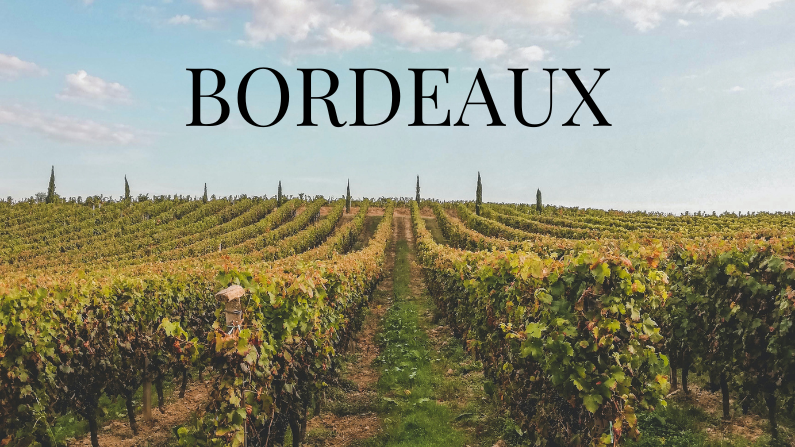
All You Need To Know About Bordeaux: A Regional Guide
Regardless of where you are in your wine journey, there’s no doubt you know Bordeaux is where it’s at. It’s one of the pinnacles of Old World wines and responsible for the more jaw-dropping of bottle auctions.
Learning about Bordeaux is intimidating, to say the least. Luckily, you can learn a lot about the region with just a few bite-sized facts.
In this post, we’ll take a deep look into the Bordeaux wine region. We’ll learn why it’s so successful, how to read your wine labels, and of course, tips for selecting your next bottle of Bordeaux!
A brief sip on Bordeaux
Bordeaux is a wine region in southwestern France and lies almost equal in distance between the equator and the North Pole. This is France’s largest Appellation d’Origine Contrôlée (AOC) and the largest fine wine region in the world.
Wines made here are almost always made as a blend. While red, white, sparkling, and sweet are all made here, Bordeaux is primarily known for its red blends. These account for 85% of production.
The region is broken up into 57 appellations, each with a unique terroir and climate.
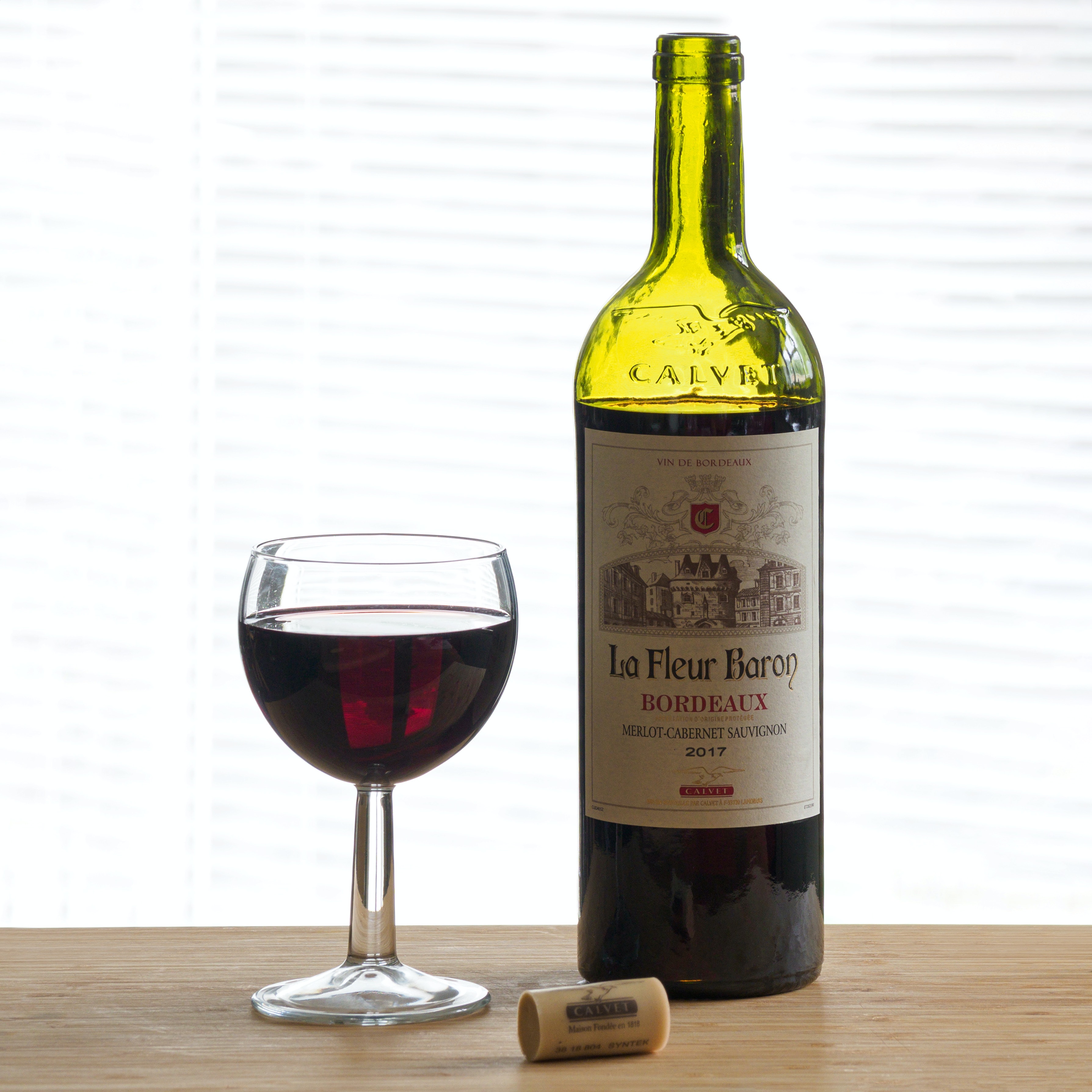
What makes Bordeaux, Bordeaux?
Bordeaux is the world’s most commercially successful wine region, which is pretty outstanding when you consider it’s one of the least predictable regions. Here’s a quick breakdown of what makes wines from Bordeaux so exceptional.
Climate
While a moderate climate has its advantages, there are some downfalls. For instance, with constant humidity comes rot and fungal disease. Winemakers combat this by spreading a mixture of lime, copper sulfate, and water throughout the vineyards.
In addition, spring frost can devastate vineyards. Winemakers use canopies to prevent this; any wines that don’t make the cut will go into 2nd and 3rd labeled wines. More on that later.
Landmarks
Bordeaux lies along the path of three rivers, the Gironde Estuary and the two rivers that feed it, the Dordogne and the Garonne. The estuary spills into the Atlantic less than 40 miles away. This creates a moderate maritime climate that is consistent year-round.
In addition, to the east and west of Bordeaux lies Les Landes – 2.5 million acres of manmade pine forests. The forestry shields the vineyards from heavy winds, making storm damage less common.
Soil
Ironically, despite Bordeaux being surrounded by water, the varietals that grow here are sensitive to moisture and require soil with exceptionally good drainage.
Along the left bank, quick-draining sand and gravel dominate. This allows for the roots of Cabernet and other stress-loving varietals to dig deep in search of moisture, making for wines of depth and concentration of flavor.
Along the right bank, there is more clay soil, which does not drain well and stays cool year-round. This cooling aspect of clay soil makes for wines with a delay in bud break, which is not friendly to Cabernet but works to the advantage of Merlot.
Varieties
Cabernet Sauvignon
Dominate in left bank blends, ripens late due to moderate climate, and does best in quick-draining soil.
Merlot
Most widely planted varietal and dominate on the right bank blend as it is unphased by moderate weather and cool soil.
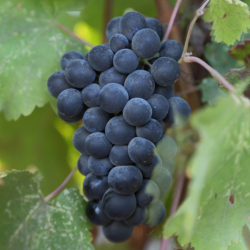
Petit Verdot
Only found on the left bank and is prized for its color and aroma.
Sémillon
Less widely planted but often blended with Sauvignon Blanc. It is the primary grape in the late-harvest Bordeaux dessert wine, Sauternes.
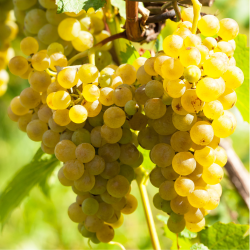
Muscadelle
A minor grape most commonly found in basic white blends. It is unrelated to other Muscat wines.
Side note: Crémant de Bordeaux, while less common than Crémant from other regions, is a notable sparking wine found in both white and rosé styles. White is typically made of Sauvignon Blanc and or Muscadelle. Rosé may be made of the same white varietals along with Merlot, Cabernet Franc, and Cabernet Sauvignon.
Regions of Bordeaux to know:
Within Bordeaux, there are several subregions and numerous appellations between them. While you don’t need to commit them all to memory, it’s a good idea to keep the more well-known ones in your back pocket.
Big picture, the region can be separated almost in half by the Gironde Estuary. To the west of the Gironde is the “left bank,” and to the east is the “right bank.” This is the most important distinction to understand when learning about Bordeaux.
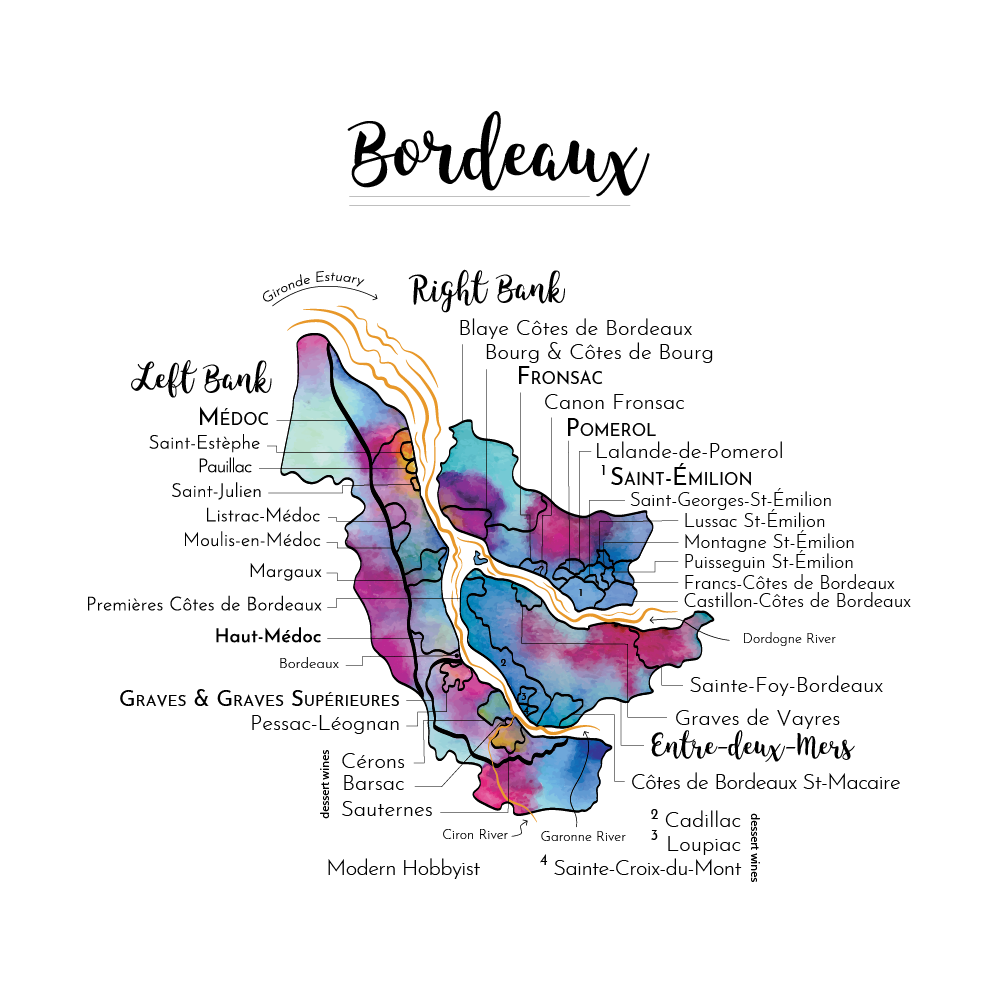
wine map courtesy of Modern Hobbyist
Left Bank
Médoc
Located in the northwest corner of the left bank, Médoc is made up of two smaller appellations, the Médoc and the Haut-Médoc (literally, upper Médoc). Within Haut-Médoc lies the smaller villages of Margaux, St. Julien, Pauillac, and St. Estèphe.
The land in Médoc before the 17th century was almost entirely marshland. After the Dutch created drainage channels, it revealed gravel soils and paved the way for winegrowers.
St. Estèphe:
Clay and marshy soil make for more acidic, rustic wines with less aroma and more tannins.
Pauillac:
Wines here range from intense and bold to precise and refined. With plush dark fruit, graphite, and oak, this region is the pinnacle for left bank Bordeaux.
St. Julien:
The smallest of the villages and known for making 2nd, 3rd, and 4th growth wines. While not exceptional, wines here are nonetheless delicious and structured.
Margaux:
The largest of the villages and known for making some of the best wines in the region. These Cab-dominant blends are known for being refined, elegant, and robust.
Graves
Named for its gravely soils, this is the only region on the left bank where most châteaux make both red and white wines. These were some of the first wines of Bordeaux to be exported. Within Graves lies the equally well-known region, Pessac-Léognan.
Pessac-Léognan:
Known for making some of the most age-worthy white wines in the world. Still, red wines dominate by a hair. The white blends here are crisp and snappy, while the reds are fruit-forward and deeply concentrated with dark fruit and oak.
Sauternes
One of the few regions devoted solely to sweet wines, along with Barsac. Wines here are youthful, creamy, fruity, and rich with a honey-like sweetness.
They’re made primarily from Sémillon (with some Sauvignon Blanc) that has been left on the vine well past harvest. These grapes become infected with botrytis, or noble rot. Once processed, the wines are delightfully sweet, high in alcohol, and incredibly age-worthy.
Right Bank
Pomerol
The tiniest of the major Bordeaux regions, Pomerol was an obscure region until the 19th century. Today, it makes rich, soft, velvety Merlot-dominant blends. This is an excellent region for low pricepoint Bordeaux and can be drunk young or following some aging.
St. Émilion
The soil in St. Émilion is more varied, with limestone and gravel found on the hillsides. This makes for wines of varying quality, ranging from cheaper everyday drinkers to highly sought-after wines. Wines here tend to be rustic, fruit-forward, and jammy.
Bordeaux wine laws
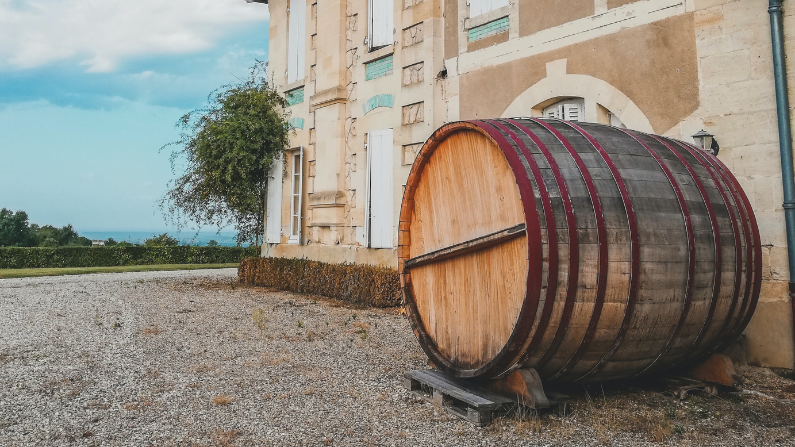
Bordeaux’s wine laws are… eclectic, to say the least.
For starters, each region has its own labeling terms. While the terms may be identical, each region has different meanings for these terms. The most important labeling terms to know are the universal terms for European wine from lowest to highest quality: Vin de France, IGP, and AOC. Above basic AOC wine are the classifications practiced in Médoc and Graves, referred to as the 1855 Classification and The St. Emilion Classification. Described below from lowest to highest quality:
Vin de France:
The “lowest tier” wines without requirements for regions or varietals. Vintages and varietals may appear on labels but are not guaranteed.
IGP:
Regional wines from a wider, less specified area than Bordeaux AOC. They have certain growing restrictions, but less so than AOC.
Bordeaux AOC:
The base level of good quality accounts for more than half of Bordeaux wines guaranteed to be made in a specific château, using specific varietals. Reds are typically aged from 12 months-2 years, and whites 6-16 months.
Typically higher quality wines within Bordeaux are labeled by the specific Appellation: Margeaux, Pauillac, etc.
Bordeaux Superior:
Only red wines with stricter requirements: higher ripeness and alcohol.
Cru Classé:
1855 Classification: The labeling practice in Médoc and Graves. This rates châteaus between first growths (Premiere Crus) down to fifth growths (Cinquièmes Crus). These terms are based entirely on the estate and not on the region!
Side note: Cru Bourgeois is a classification for quality wines that don’t make the cut for the 1855 classification. This is typically on the label and often higher quality than basic AOC Bordeaux.
*St-Émilion Grand Cru AOP on the right bank is an appellation, rather than a classification: required to show an additional + 0.5% alcohol and must undergo a longer élevage than wines simply labeled St-Émilion AOP
Tips for finding the best Bordeaux for you!
💡If you want to avoid mass-produced bottles,
Look for “mis en bouteille au château,” on the bottle, which means the wine is grown, fermented, and bottled at the estate and not blended with any other wine.
Inexpensive Bordeaux is usually bottled under the generic Bordeaux AOC designation, which is generally large co-ops.
💡Look for the designation ‘Cru Bourgeois’ on the label. This is granted to producers who were not involved in the original 1855 classification, but still make high-quality wines.
💡Look for second-label wines from classified producers. These wines are from the youngest parts of the vineyard, are slightly simpler, and typically not AS age-worthy but still often taste great!
💡Note the importer! The name on the back of the bottle can tell you what to expect as far as quality and trusted importers need to uphold their reputation. Kermit Lynch is one known for quality.
💡 It’s ALWAYS worth asking about a bottle! Ask your retailer what they carry that might match the style you’re looking for. (Remember the banks! If you want Merlot-dominant, stick to the right bank. If you want Cabernet-dominant, stick to the left.)




Olivia is a Washington-based freelance writer with a Level 2 Award in wines from the Wine & Spirit Education Trust. She has a passion for all things food, wine, and travel, though her heart belongs to the Pacific Northwest. When she’s not sipping on a glass of Washington Cab., she’s usually bikepacking, crocheting, or chillin’ in the sun with her dog Tater.
IG: @liv_eatslocal
Website: liveatslocal.com




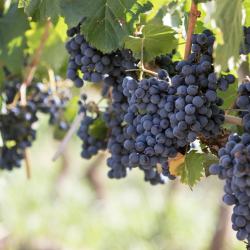
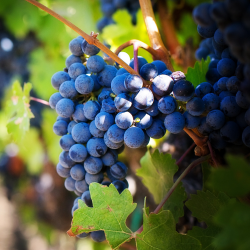
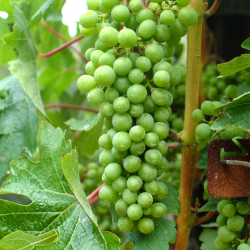
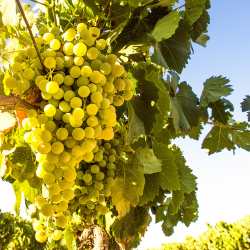

This Blog is awesome! 🙂 I would be happy if once you’ll taste a wine from our winecellar town, from Hajósi Pincefalu. Here you can find the biggest wine cellar town in the world with many expert winemakers. I promise, you wont be disappointed!
So you can check the winemakers repertoar in this site: https://borhajo.hu